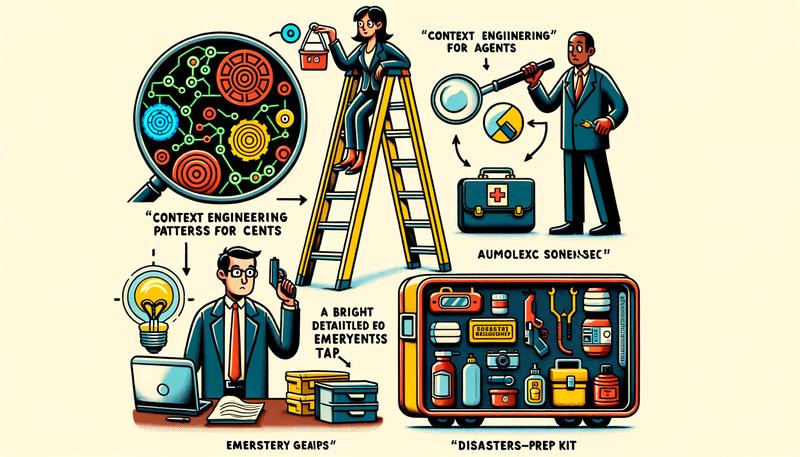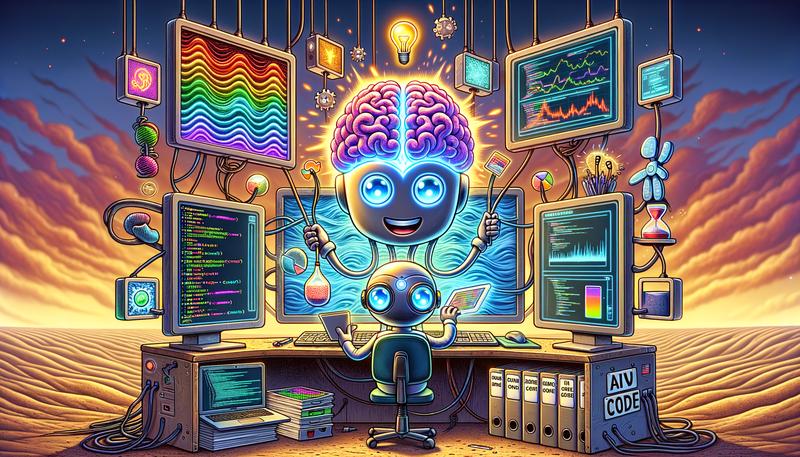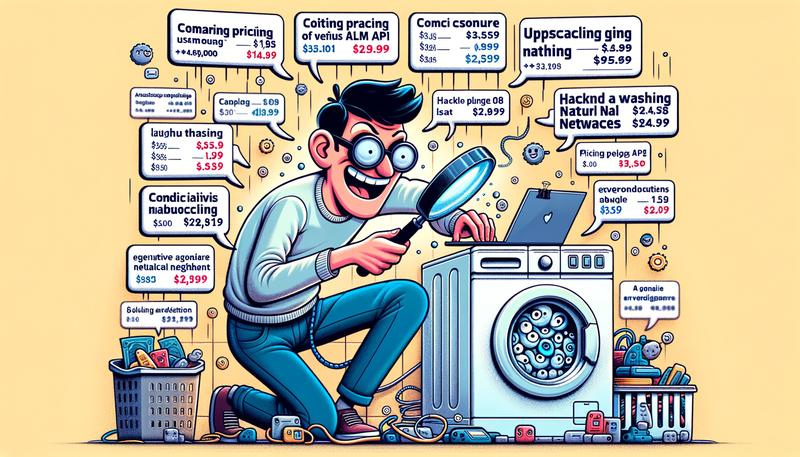I’ve been hearing a lot of buzz about Stanford’s “Technical MBA” tucked away in the Huang Engineering Center—so much so that it almost feels like we’re supposed to forget the traditional, time-tested paths to leadership. But after reading “The Secret Stanford Program No One’s Heard About” by Sovann A. P. Linden & Mateo H. Petel, I can’t help but wonder if we’re sleepwalking into yet another unicorn chase—one that sidelines more meaningful forms of impact.
Unicorn Fever vs. Real-World Value
Look: building billion-dollar companies is sexy. Who doesn’t want to claim “unicorn founder” on their LinkedIn? But when every engineering grad is funneled into the next StartX cohort or YC demo day, what happens to the quiet innovators—the people tackling public-health crises, sustainable agriculture, or community-centered tech? Stanford’s MS&E program is lauded for embedding startup credits into its curriculum, yet that very structure suggests a tunnel vision: success = venture-backed exit. If you ask me, that’s a recipe for glamorizing failure (only the spectacular kind) and burying the steady wins that don’t fit a VC pitch deck.
The Hidden Costs of “Equity-Free” Accelerators
On paper, StartX takes no equity—genius, right? But free office space and alumni networks aren’t magic wands. They privilege those already plugged into Silicon Valley’s social circuits. Meanwhile, students juggling venture formation with full-time jobs or tuition debt are implicitly nudged toward high-stakes gambles. A dorm room app that flops? No one writes about it. But ask how many MS&E grads face years of uncertainty before their “overnight success,” and the airtime dries up.
Who Really Benefits?
MS&E’s selectivity is impressive—7.8% admit rate matching the GSB. But that statistic masks one glaring reality: exclusivity begets exclusivity. If you’re privileged enough to check all the boxes—top GPA, polished resume, killer internship—you’re in. If not, no amount of passion for social good will get you into that circle. Meanwhile, universities worldwide are experimenting with “coop-preneurship” models or community-driven incubators that democratize access. Why isn’t that part of the conversation?
Toward a Broader Definition of Success
Don’t get me wrong—I’m not advocating for slow-manning innovation. But it’s high time we questioned the singular focus on hypergrowth. What if MS&E redirected some of its horsepower toward ventures that prioritize resilience over rapid scale? What if faculty advisors invested in mission-driven projects as eagerly as they do the next big AI startup? Imagine a curriculum where “making a difference” carried as much weight as “making a million.”
From the Dark Side of the Moon
So next time someone tells you Stanford’s MS&E is the future of grad-level entrepreneurship, pause and ask: “Whose future are we building, and at what cost?” Because for every Instagram or Gusto, there are countless underserved communities yearning for accessible solutions—not just yet another photo-sharing app. Let’s broaden our lens beyond the unicorn-factory model and champion an ecosystem where impact, equity, and sustainability stand alongside high-velocity exits.



